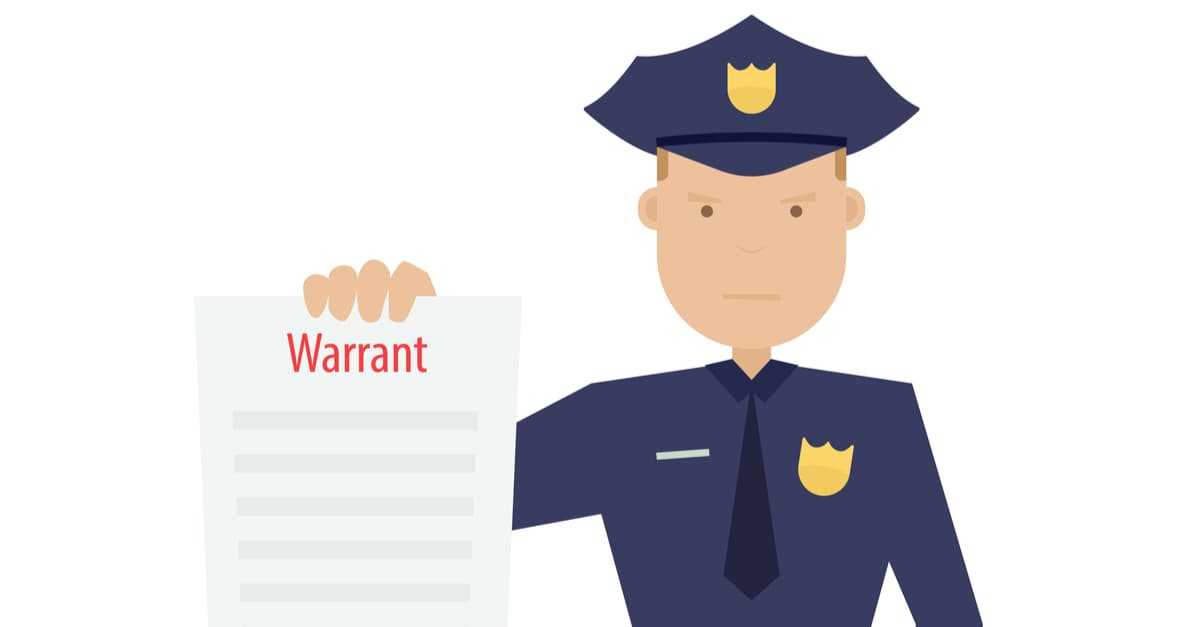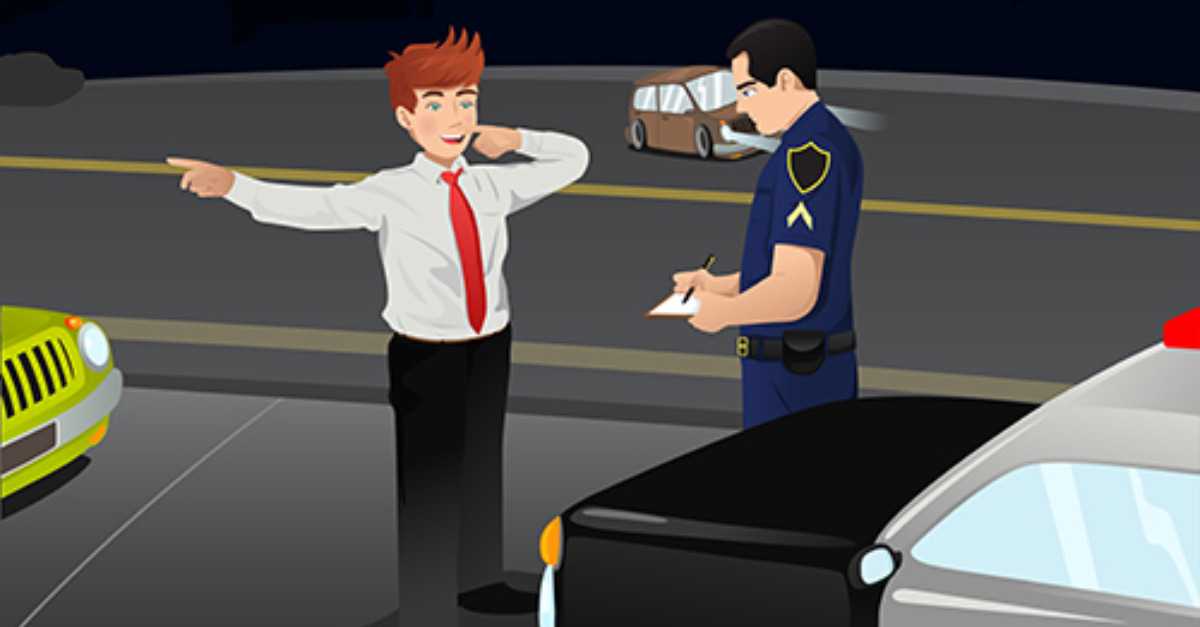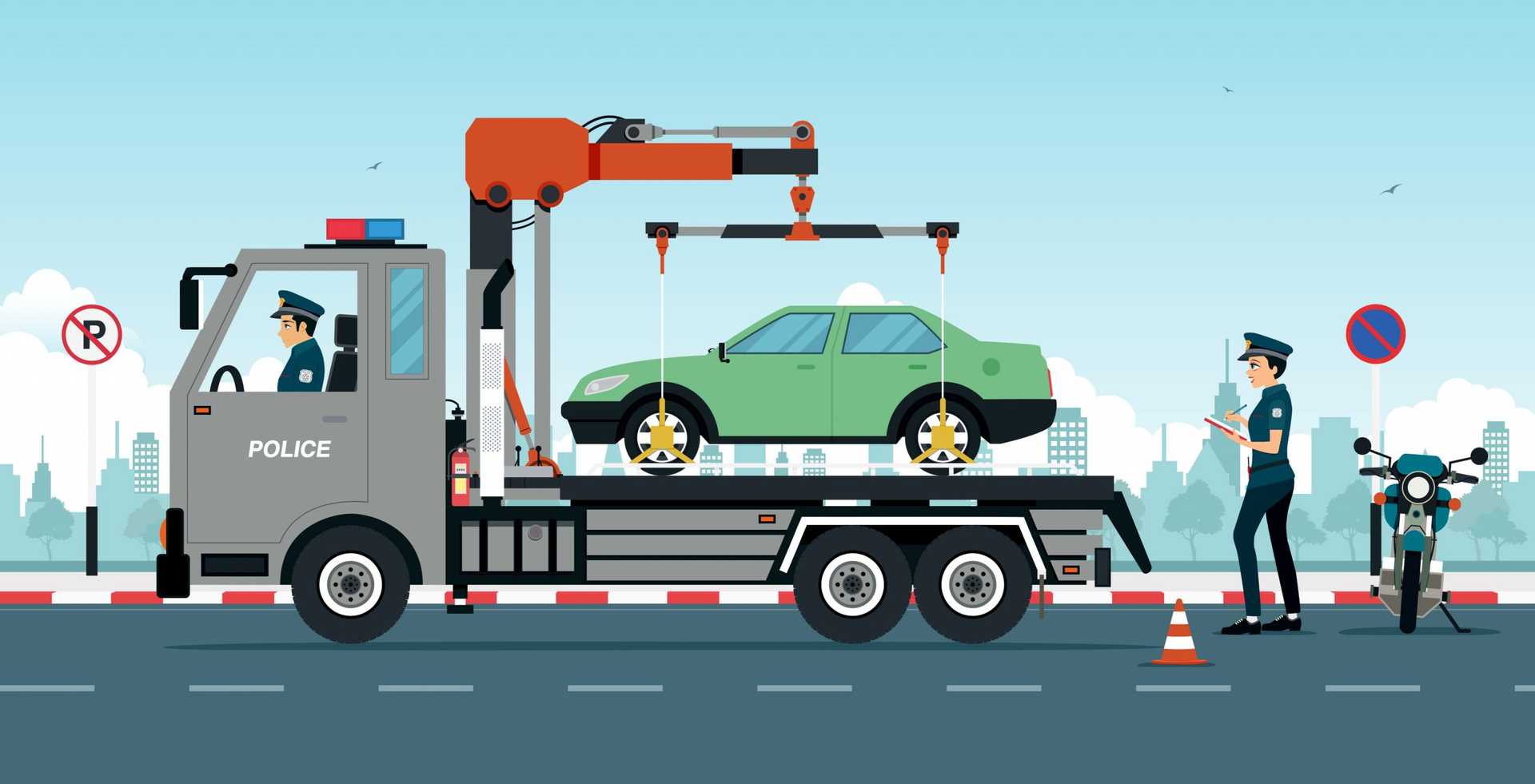Are Videos Helpful in DUI Cases?
The State of our Police State
These days, sensational and tragic videos of the police, endless loops on our national news feeds, seem to be becoming the proverbial, and unfortunately literal, smoking guns of 2014. At times stunning and gut-wrenching, these videos have fueled mass protests across the country, fomenting a resounding and national clarion call for sweeping changes to American police practices. No one can doubt it: at least in tragic cases, at least those few which reach the national spotlight, such videos promote transparency and provide evidence of misconduct.
But what about the thousands of routine local cases, like our Southern Arizona DUI’s. Ones that never make even the local news. Are there videos of those? And can they be helpful?
The answer to both questions is a resounding “Yes.” 2014, a tragic year in some ways, has been a notable year for police videos in our southern Arizona DUI practice. Overall, there are four categories of videos we like to identify and use: (1) ones made by the police themselves; (2) ones made by our clients or bystanders; (3) ones made by local businesses on their surveillance systems and (4) ones we make ourselves. Each deserves explanation. In this short article, however, we’re going to focus on the first, videos made by the police, a number of which resulted in dismissals of our DUI cases in 2014.
But remember at the outset: for police videos to be helpful, you’ve first got to know how to identify that they exist in the first place, and then get a hold of them, not always as easy as it sounds. About this I have a couple of things to say.
Southern Arizona Police Videos & DUI’s: What You Need to Know
First, you may be surprised to learn that many Southern Arizona police departments now routinely, and as a matter of written policy, require their police officers to make videos of some or all routine police activities involving the public. For example, here in Pima County, the Oro Valley Police Department now equip nearly all their officers with, and require them to use in almost all public contacts, three distinct visual surveillance tools: “lapel cameras”; “dash- mounted cameras”; and fixed surveillance cameras at their stations.
Similarly, the University of Arizona Police Department, equips all vehicles, including police motorcycles, with video equipment; it too instituted a mandatory written policy requiring almost all field officers to now make and preserve videos of all traffic stops and other contacts. Likewise, the Tucson Police Department, the largest agency, equips some of their patrol cars with video equipment, dash mounted, pursuant to a nearly identical written policy.
L-3 Mobile Vision
For whatever reason, all three departments down here use dash- mounted systems manufactured by “L-3 Communications” which we have found share certain programmable capabilities. First, the in-car video systems are triggered to “create a file” automatically by either (1) activation of officer’s emergency lights; or (2) high speed [75 MPH TPD & 80 MPH UAPD]. See e.g. UAPD Pol. & Proc. 10.2 at 5. The “file creation” can also be triggered manually by the officer himself by pressing a button on (3) on the console, or (4) his body mic. See e.g. Tucson Police Department [TPD] General Order 3733.7; See Also University of Arizona Police Department [UAPD] Policies & Procedures,t § 10.8, at page 2.
Backtrack, Upload & Purge
Second, the system, always running, upon trigger, backtracks 30 seconds to create a retroactive file called pre-event recording. See e.g., TPD Gen. Order 3733.3; see also UAPD Pol. & Proc., supra, §10.8 at 3. This means that if an officer turns on his lights, the system is supposed to capture the previous thirty seconds, presumably to memorialize the reason for the stop. But this system can be manipulated in a variety of ways. Note that the microphone does not capture the first 30 seconds of backtrack capture. See TPD Gen. Ord. supra 3733.3. And note that the video, once triggered, runs until the Officer stops it himself. “Terminating the audio-video recording is a manual function only.” Id. at 3733.8.
Fourth, the L-3 system is supposed to wirelessly and automatically upload your video to a server anytime the police officer pulls his Crown Victoria back into the stationhouse compound. See e.g UAPD Pol. & Proc. §10.2 at 7. If the matter ended in arrest, traffic citation, DUI, or search, the police officer is supposed to thereafter manually segregate your video for evidentiary use and disclosure. See e.g. TPD Gen. Order 3734.4 (“Officers shall categorize each MVR file after stopping the recording. Operators shall select the appropriate label (traffic, search, evidence,DUI, other) …”).
Fifth, the server, after a short period of time– “default period 30 days” [TPD] “60 days of inactivity”[UAPD]– routinely purges all unmarked, unsegregated, unpreserved videos. See Id. at 3734.4 & UAPD Pol. & Proc. 10.2 at 7. This can become important in cases where the attorney doesn’t enter the case until that time, or know to specifically request preservation, or, worse, even know to inquire if they exist.
Our Experience with Police Videos
In 2014, we have had a surprising number of cases where the disclosed or undisclosed video was almost solely responsible for dismissal of the entire case. For example, over the last several months, we were lucky enough to have three Tucson DUI’s dismissed before trial solely on the strength of disclosed police videos, which contained ultimately insurmountable evidence directly contradicting police officer claims. Two involved military people who were stopped allegedly for “traffic violations,” (“weaving” and “hesitating” at a stop sign) that judges, after viewing the videos, determined did not exist. In the third, the disclosed video revealed that police improperly ignored our client’s repeated requests to have an attorney present when he was pressured to take a breath test. He asked for an attorney, sincerely, at least three times. These requests were ignored. The judge found this to be a violation of his rights. In short, all three, happy endings.
View more of our case results here
Moreover, in recent months we had two additional cases suppressed because police failed to preserve or disclose videos of driving. In short, here the undisclosed videos were as valuable in these two cases as the disclosed videos were in the other three. In one of them, the client resided in Asia and would have had to return for the trial. But, happily, this case, too, was dismissed. All because police didn’t turn over the videos they were mandated to make and preserve.
But to get this sort of mileage out of police videos, you have to ask for them early and often. As you can see from the above, departments have purge policies, with surprisingly short fuses. So, in our view, it’s the duty of the defense attorney, at the outset, to formally request preservation and disclosure, sometimes two separate things, of all police videos. And remember: The police don’t necessarily tell you they’ve made a videos. You’ve got to ask.
It’s all part of the dance we do in criminal litigation. And to be a good dancer, as a defense attorney, in these cases, your first step with your right foot, your leading step, is to not only identify all the videos, but to demand their preservation and disclosure. And to make a stink if they don’t. You’ve got to do that even if you step on governmental toes.
So, at bottom, police videos, in our experience, are almost always helpful in DUI cases, increasingly so, whether they’re disclosed or not. But only if you know how to ask. I hope this has been helpful.
Recommended Articles

Driving under the influence (DUI) is a serious crime in Arizona. If you have been arrested for DUI, it is important to understand your legal rights.

This blog will address what you can do to win a DUI case for parked cars and how to avoid, hopefully even getting charged.

The Supreme Court in a 9-0 opinion held that when a minor offense alone is involved, police officers can't enter the home without a warrant.

First, let’s figure out what kind of DUI it is. They’re usually misdemeanors unless there’s been an accident.

Today we’re going to talk about parked cars. Police sometimes approach you when you’ve legally parked a vehicle and are using it as a stationary shelter.

About Michael Harwin
Michael’s skill and experience have been recognized repeatedly. He holds an A-V 5/5 preeminent rating by Martindale Hubbell. He has been named one of the top lawyers in Arizona by Southwest Superlawyers, and one of the best lawyers in Tucson by Tucson Lifestyle Magazine. He also has been named one of the best lawyers in the United States by BestofUS.com , and given the highest rating possible by AVVO, 10/10 Superb. Amazon Books


